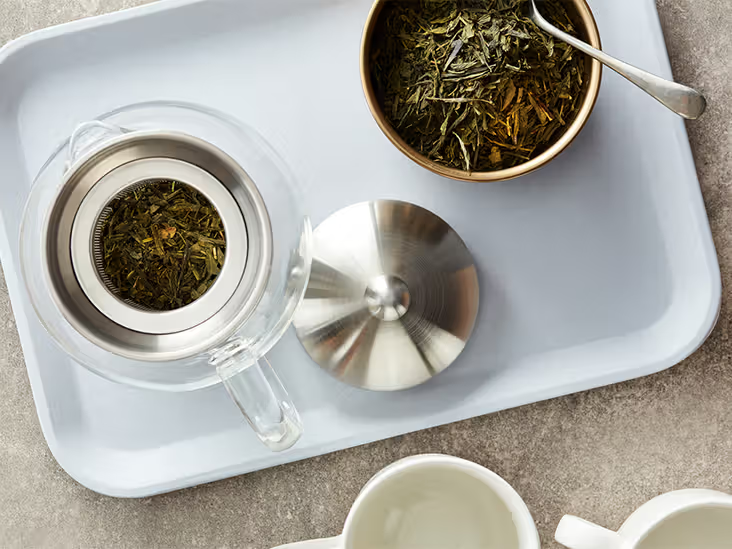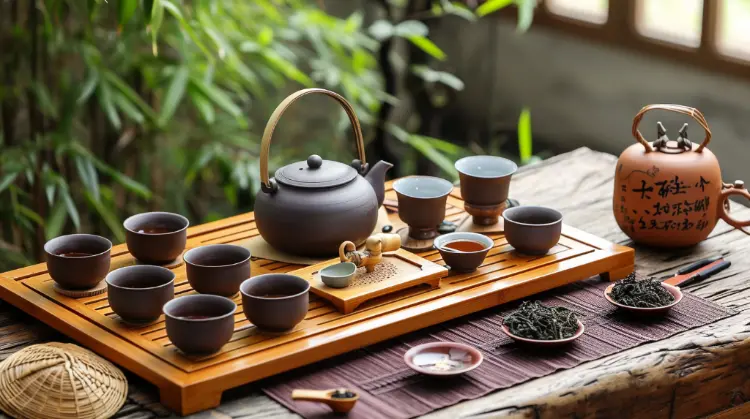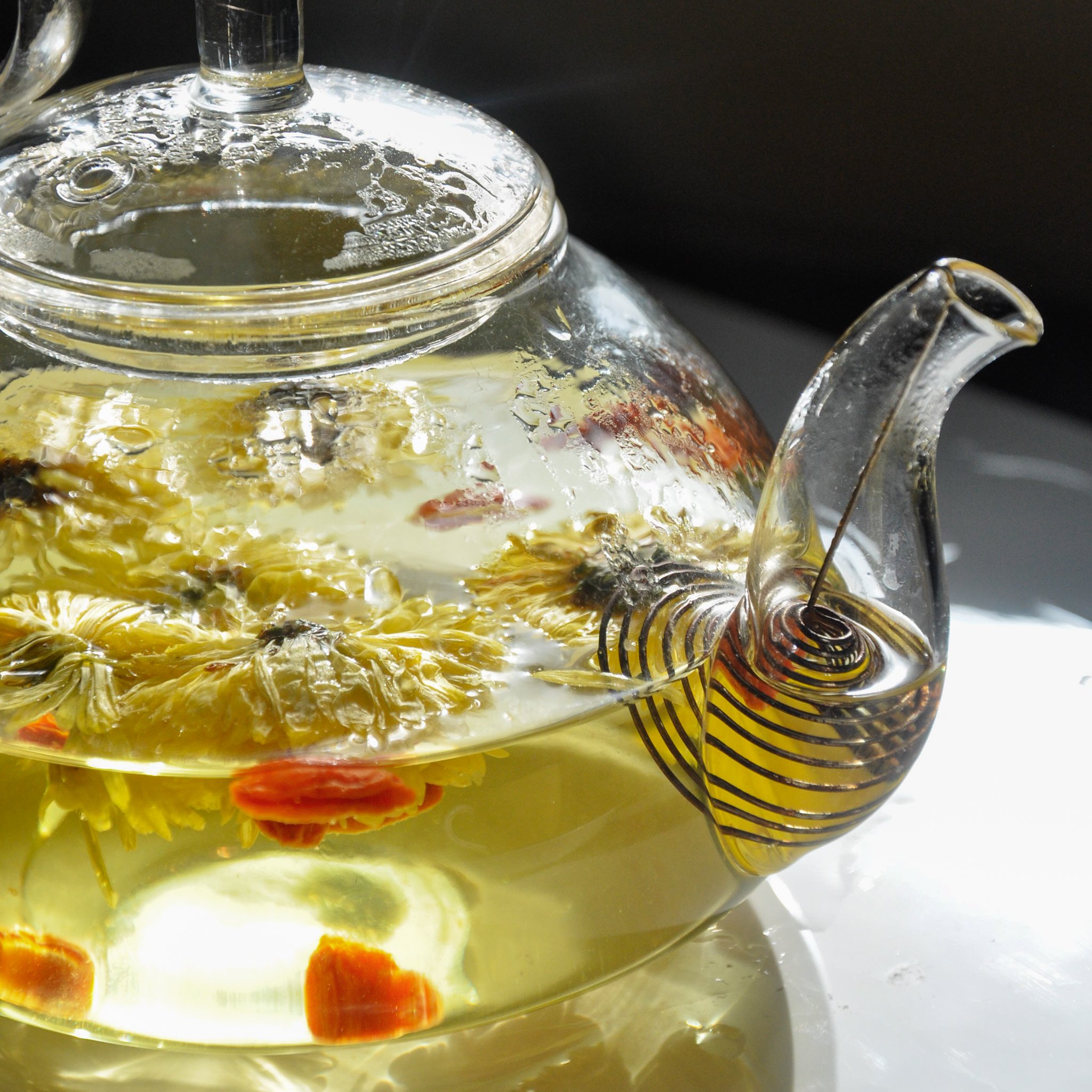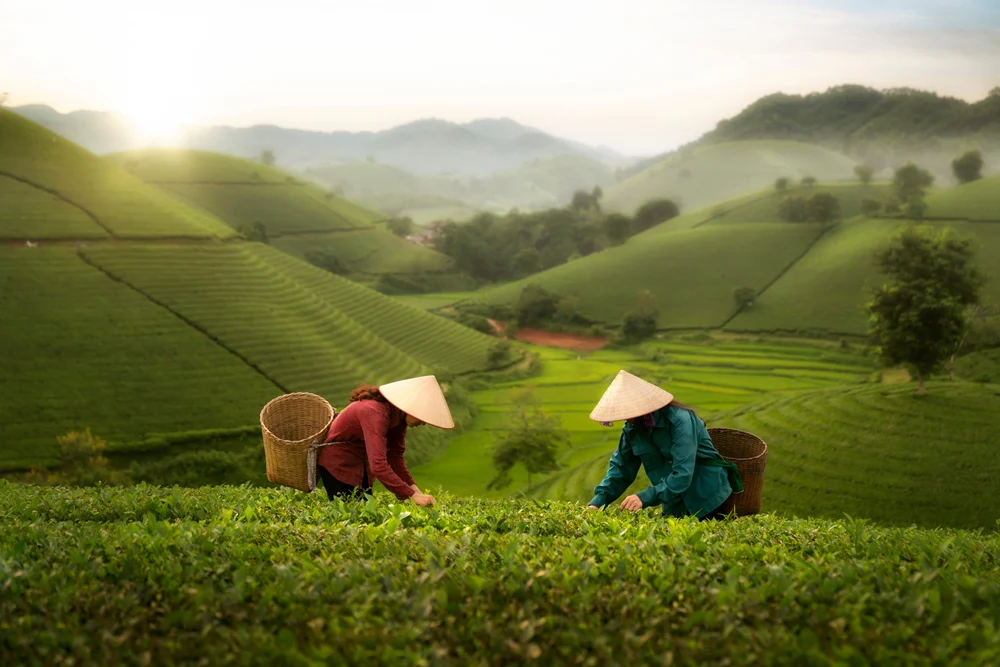Steeping black tea is one of my favourite rituals. Whether I’m using a gaiwan, a small teapot, or steeping directly in my cup, I love the versatility of black tea and how it adapts to different brewing styles. The key to a delicious cup lies in the balance of leaf-to-water ratio, water temperature, and steeping time. Let me walk you through my process for brewing the perfect black tea.
Step 1: Measure Your Teapot
I always start by knowing the capacity of my teapot. Filling it to its “functional capacity” (enough room for the tea and leaves without spilling) helps me calculate how much tea to use. Once you’ve measured the volume of your teapot in ounces, divide that number by 6. For instance, a 24-ounce teapot requires 4 measures of tea (since 24 divided by 6 equals 4).
The general rule of thumb is 2–3 grams of tea per 6 ounces of water. The specific measurement depends on the type of black tea:
- Small-leaf teas (e.g., Keemun Hao Ya, CTC teas): Use 1–1.5 teaspoons.
- Medium-leaf teas (e.g., 1st Flush Darjeeling, Bai Lin Gong Fu): Use 2 teaspoons.
- Large-leaf teas (e.g., Yunnan Dian Hong, Ceylon Lover’s Leap): Use 1–2 tablespoons.
For consistency, I sometimes use a small kitchen scale to weigh my tea leaves—it’s especially helpful for denser or bulkier teas.
Step 2: Heat the Water
Black tea thrives in water temperatures between 190°F and 200°F, often referred to as “old man water” in traditional tea culture. This is just below a rolling boil. If I boil the water, I let it rest for about a minute before pouring it over the leaves. This gentle approach preserves the tea’s flavor and prevents scorching delicate notes in high-quality black teas.
Step 3: Steeping Time
The cut and size of the tea leaf determine the steeping time:
- Finely cut leaves: These teas, like CTC blends, are quick to release their flavors and typically need just 2–3 minutes.
- Large-leaf teas: Orthodox styles like Yunnan Dian Hong or Nepal Everest take their time, often requiring 4–5 minutes to fully develop.
Timing is everything. Too short, and the tea tastes flat; too long, and it becomes overly astringent. When I’m uncertain, I set a timer to avoid guessing.
Step 4: Re-Steeping Black Tea
Re-steeping black tea is a delightful experiment. While not all black teas lend themselves to multiple infusions, some large-leaf Chinese varieties like Yunnan Dian Hong or Golden Monkey can produce a second (and sometimes third) flavorful cup. In my experience, re-steeping works best when:
- The first steep was short (around 2–3 minutes).
- I used the full 3-gram measure of tea.
Indian and Ceylon black teas, on the other hand, rarely re-steep well. Still, I always give it a try—sometimes I’m pleasantly surprised, and if not, it’s a chance to tweak my method next time.
Making It Your Own
Ultimately, steeping black tea is as much about personal taste as it is about technique. Some days I crave a robust brew with milk and sugar, while other times I enjoy sipping it plain to appreciate its nuanced flavors. Experiment with leaf quantities, water temperatures, and steeping times until you find your perfect cup.
For me, the joy of black tea is in its versatility—it adapts to my mood and brewing style. Whether you’re exploring the bold maltiness of an Assam, the brisk brightness of a Ceylon, or the smooth richness of a Yunnan, steeping black tea is a ritual worth savouring.






